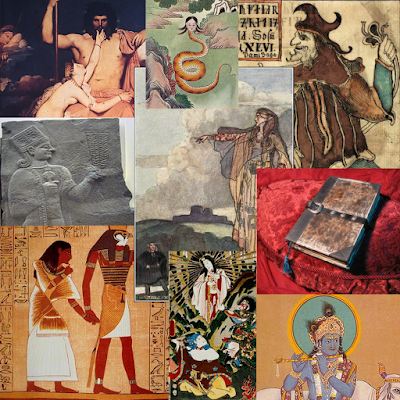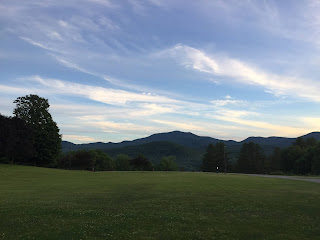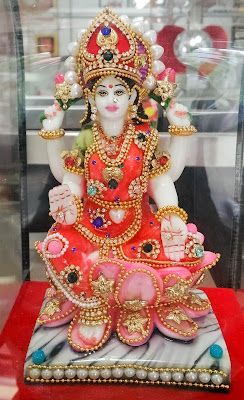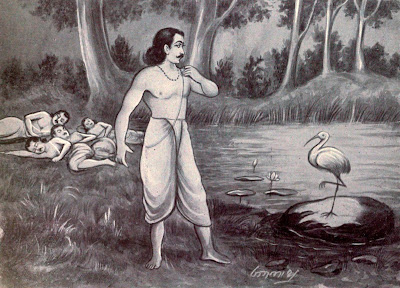Week 4 Story Laboratory
~~~ "Hey, if you haven't quite mastered physics, blame a God!" ~~~
I have always loved learning about myths and diving into the stories of different cultures. These videos provided a wonderful overview of the origin of myths, the various ways that we can define myths, the theories behind mythology that have been formulated over time, and the elements of the hero's journey that appear throughout mythic tales.
Various Definitions of "Myth"
-"Stories that people have used in a variety of ways over time"
-"A story that is false and not to be taken seriously" (But they have! By many generations! Where does that leave us?)
Note: Myths have also been referred to by some thinkers as a type of primitive science
The Two Most Important Elements
-Significance: what these stories mean to the people who hear them and pass them along to future generations
-Staying power: the way in which these stories are able to endure over time
The Thinkers and Their Thoughts
Sigmund Freud
-The conscious mind cannot handle truth
-We create imaginative works like myths to make terrible realities palatable
Carl Jung
-The unconscious mind of humanity is collective, a "reservoir we all drink from"
-This collective nature is the reason why we can observe similar characters in myths that appear around the world, and throughout history
-These characters are archetypes that we can all relate to
Joseph Campbell
-Mythology reflects the Western value of individualism
-Myths provide a means through which the individual can find a sense of identity and better understand their place in the world
-Created the monomyth underlying all mythical stories
Claude Levi-Strauss
-Myths can be described by looking at specific instances of culture; these are structures that we can observe and learn from
-Structuralist; myths betray underlying structures
-Defined life using binaries: men and women, hero and villain, hot and cold, ect.
-Binaries are an integral part of myths
Mircea Eliade
-Fascist-Fan of binaries, especially: archaic and modern, sacred and profane
-Believed that people were more in touch with the sacred in archaic times, and that myths allow us to reconnect with sacred ideas
Heroes
-Monomyth: The Hero's Journey
-Ordinary world ---> call to adventure ---> refusal of the call ---> meeting the mentor ---> crossing the threshold ---> tests, allies, enemies ---> approach to the inmost cave ---> ordeal ---> reward ---> the road back ---> resurrection ---> return with the elixir
A collage of mythological characters from around the globe. Source: Wikimedia Commons
Bibliography
"What Is Myth? Crash Course World Mythology #1" --- Reference Link
"Theories of Myth: Crash Course World Mythology #12" --- Reference Link
"The Hero's Journey and the Monomyth: Crash Course World Mythology #25" --- Reference Link




Comments
Post a Comment